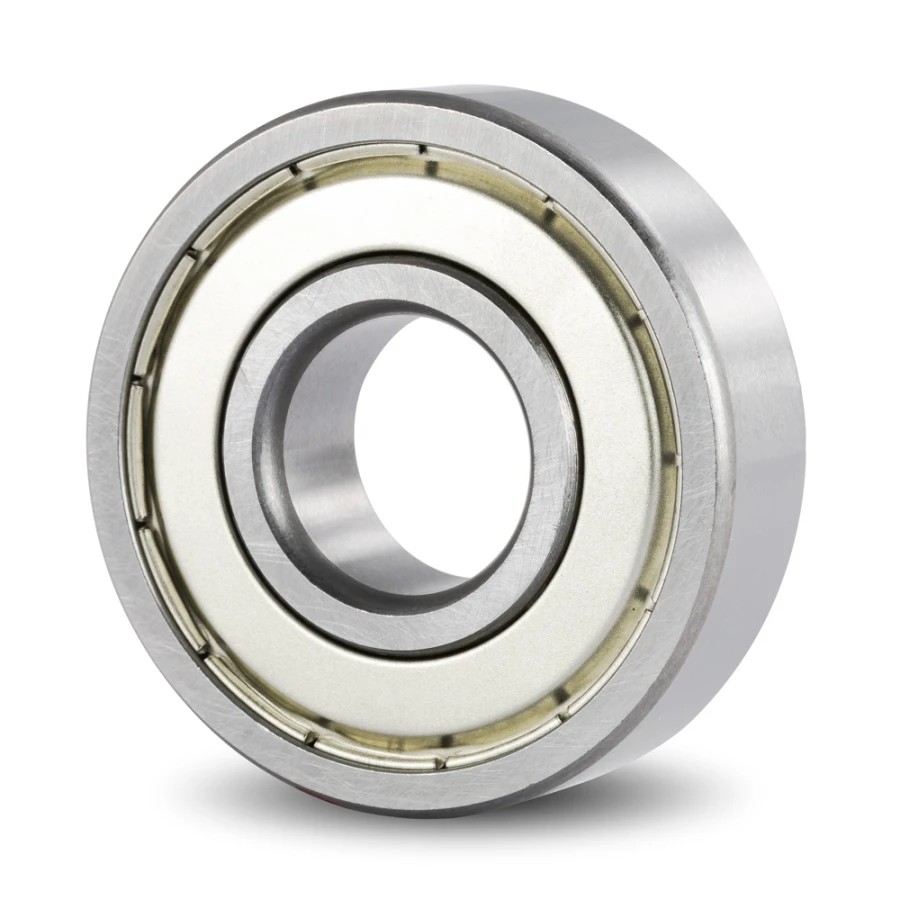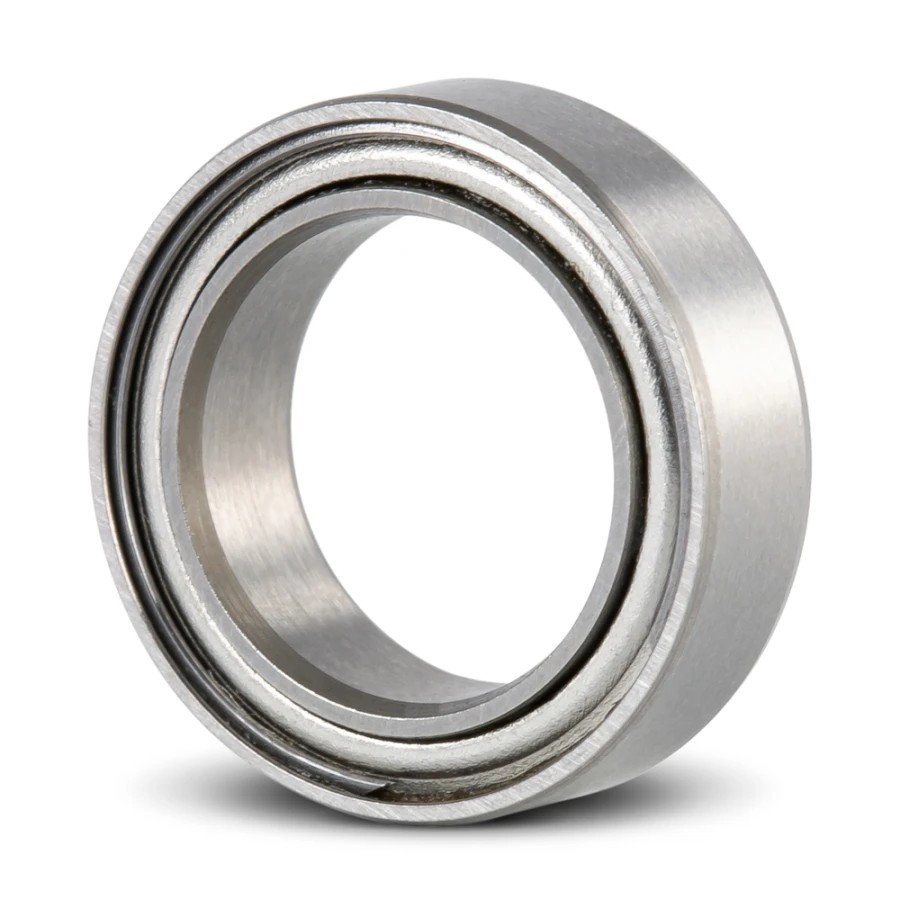Wishlist
The products are limited
The products are limited
With the continuous development and progress of technology, the industrial applications of drones are gradually expanding. As one of the main segments of civilian drones, the development of mapping drones is also becoming increasingly mature, and the market scale maintains high growth. Drones also show a trend of diversification in applications and are favored by users in various industries.

Recently, TFL Bearings helped a drone manufacturer with a custom miniature bearing solution, precisely a metric miniature ball bearing solution. The solution was mainly used for its UAV gimbal. A gimbal is a component on a UAV that serves as a platform for the body to connect to the camera. The customer's UAV gimbal is driven by brushless motors, which sense the body's motion with the help of sensors and keep the camera stable in the horizontal, rolling, or pitching direction by the motor drive to offset the negative impact of the body's vibration.

Based on understanding the actual working conditions of the customer, TFL engineers suggested that the customer's several different series of UAV gimbals use three series of miniature bearings, MR117ZZ, 683ZZ, and MR84ZZ, respectively. They gave the corresponding professional explanation for the relevant parameters. The engineer pointed out several important factors that must be considered when selecting miniature precision bearings for UAV gimbals. These factors include bearing material, design, load, and sealing factors, as well as the cage, ABEC grade, radial clearance, and even lubrication factors.
Regarding the materials used for the relevant components, the three series of miniature bearings are made of 52100 chrome steel for both the ring material and the ball material. This chrome steel material has high load capacity and low noise characteristics. In addition, the cage and seal materials are made of 300 series stainless steel. This stainless steel material can withstand high loads and rotational speeds while being rust-resistant. These stainless steel and chrome steel materials provide customers with a high strength-to-wear ratio, which is critical in extending the life of miniature bearings and their efficient operation.

In terms of inner and outer diameter and width, MR117ZZ series miniature bearings have inner and outer diameters of 7mm and 11mm, respectively; 683ZZ series have inner and outer diameters of 3mm and 7mm, respectively; MR84ZZ series miniature bearings have inner and outer diameters of 4mm and 8mm respectively; the tolerance of inner and outer diameters of these three series miniature bearings is -0.008mm to 0. The width of these series miniature bearings is also uniform, which is 3mm; the width tolerance is -0.12mm to 0.
In terms of structure, load direction, and limiting speed, the structure of these miniature bearings is a single row, the load direction is radial, and they can withstand extremely high radial loads. The difference is a slight difference between the static and dynamic radial loads. The dynamic radial load of the MR117ZZ series is 387N, and the static radial load is 162N. The dynamic radial load of the 683ZZ series is 264N, and the static radial load is 90N. The dynamic radial load of the MR84ZZ series is 336N, and the static radial load is 113N. The ultimate speed (*1000rpm) of the MR117ZZ series miniature bearings is 43; the 683ZZ series is 63; and the MR84ZZ series is 56. These series miniature bearings provide reliable high performance at low operating torques for moderate radial and thrust loads.

Regarding clearance, the three series of miniature bearings, MR117ZZ, 683ZZ, and MR84ZZ, all have a radial clearance rating of MC3; the clearance range is 0.002mm to 0.013mm. Engineers point out that the internal clearance of miniature bearings in operation is an essential factor that significantly impacts other factors such as noise, vibration, heat, and even fatigue life. Regardless of the component design of the bearing, preload needs to be applied to the inner ring of the bearing to eliminate clearance and improve the stiffness of the bearing. In terms of seal type, all three series of miniature sealed bearings use metal dust cap seals. This type of seal prevents particles from contaminating the bearing and ensures that the lubricant reaches the relevant parts smoothly.
The engineer also made some analysis regarding the potential risk of high noise and high torque of these miniature bearings. He pointed out that if excessive force is exerted in the assembly of these miniature bearings, damage to the bearing raceways may be triggered, leading to increased torque and noise levels and shortened life. In addition, bearing misalignment is a potential source of high noise and torque levels. More miniature bearings can usually tolerate misalignments of about 1°. The locating shoulders of the mating components must remain parallel to the bearing raceway surfaces. The shaft and housing must be concentric with each other, especially when two or more bearings share a common component.
TFL engineers also advise on how to care for the above miniature bearings. First, these miniature bearings need regular or built-in bearing lubrication to maintain life and smooth operation. Secondly, before using these miniature bearings, do not expose them to the environment or hold their bare hands, but wear finger gloves or surgical gloves containing talcum powder. Again, when wiping the components, to avoid introducing lint, use a special lint-free cloth to wipe, and never use ordinary cotton swabs and cleaning cloths. Furthermore, vibration or shock loads can endanger these miniature bearings, primarily if the axial play is eliminated by preloading. Dropping the preloaded assembly or placing it on a hard surface can cause the bearing contact surface to be shocked. To prevent damage to these miniature bearings caused by shock, they can be covered with shock-absorbing material on the assembly work surface. The series of miniature bearings of TFL Bearing Company covers many categories, and the three series mentioned above are only three small categories in the extensive series of miniature bearings. See the TFL Miniature Bearings catalog for details. The catalog provides complete data on miniature bearings, including size selection, price inquiry, and free CAD drawings for download.
In addition, since the size and capacity selection of micro-miniature bearings may be relatively limited, this may be a challenge for high-load projects. In such cases, TFL engineers will provide customers with the expertise to customize bearings in conjunction with their working conditions and specific needs, whether they seek corrosion-resistant coatings, ceramic balls, or other components.